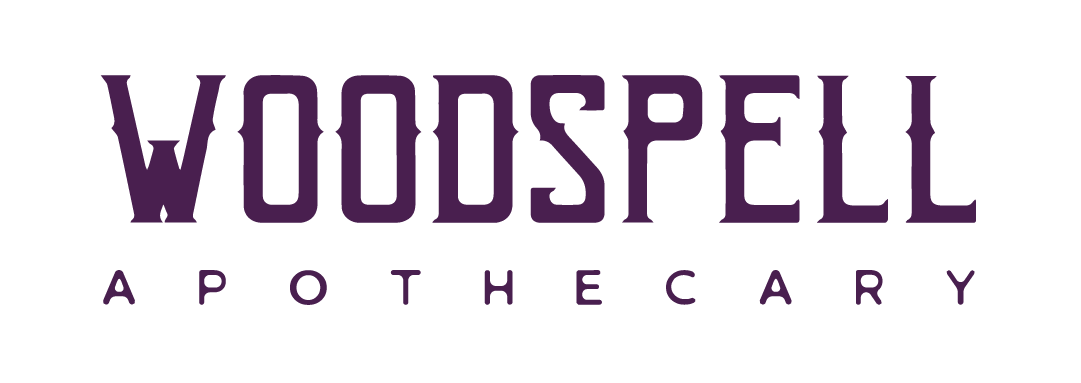Decolonization and Reparation for Anishinaabe Aki
Michigan home and the only sacred ground I’ve ever known. And yet, I know the only reason I am here is because of the violence committed upon the land and its people. As a descendant of Polish settlers, it is my responsibility to understand and support the voices of the indigenous people that still tend the Great Lakes region.
A wise woman once said “karma is generational”, and so here we are as karma comes back around, figuring out how to show up for the gaping wounds all across Turtle Island. I’m not sure it is a debt that can ever be paid, but the very least any of us can do is to educate ourselves on the people of this land and support them monetarily if we are in a position to do so. I created this list of resources for those that live in the Great Lakes region in particular to learn more about the Anishinaabe people who have dwelled here for thousands of years.
If you are not familiar with the Anishinaabe, this is the collective name for the three main groups of peoples that inhabit the Michigan (Anishinaabe Aki): mainly the Ojibwe, Odawa, Potawatomi in this area, but also the Algonquin, Saulteaux, Nipissing, and Mississauga.
History of the Ottawa and Chippewa Indians of Michigan : Perhaps the most important place to start. This publication was written by Andrew Blackbird, a prominent member of the Ottawa tribe, in 1887. He writes about his experience navigating the waters of colonization in the state of Michigan, as well as sharing his own tribal stories and notes on his indigenous language. This is an important piece because most histories of indigenous people are written by white men. This perspective from an indigenous person who lived during this time is a rarity and should be cherished.
MackinawOde : This word means “heart of the turtle” and is also the name of a Great Lakes organization of indigenous people who are leading the charge in environmental and indigenous rights in Michigan. They are huge factors in the fight against the Line 5 pipeline that runs under the Great Lakes, posing an unprecedented threat to the land and people that live here. You can volunteer and/or donate funds to support their work.
Mnomen (Wild Rice) - The Food That Grows on Water : Learn about one of the Anishinaabe’s most sacred crops in this film. Pottawatomi citizens share the importance and restoration efforts of this crop that grows upon the water throughout the Great Lakes.
Native Justice Coalition : An Anishinaabe, Two-Spirit, and sober led grassroots organization based in Anishinaabe Aki (Michigan). “We are a five year old organization and growing exponentially. We emphasize healing and sobriety in our leadership as a true form of decolonization. Our social and racial justice work is led by and for our people and communities.” You have the opportunity to volunteer or donate funds to this social justice group.
Anishinaabe Agricultural Institute : This group combats industrial agriculture by restoring agro-biodiversity, through local food systems, hemp, and traditional heritage crops. They offer many events, programs and educational resources on their mission to bring back indigenous agricultural practices to preserve their culture and also the land.
Plants Have So Much to Give Us, All We Have to Do Is Ask: Anishinaabe Botanical Teachings : Written by Mary Siisip Geniusz, an indigenous herbalist and wise woman of the Great Lakes region. Geniusz shares traditional stories of the plants that grow within this bioregion so that we may have a better understanding and respect for the healing resources around us. She writes about from her years as an oshkaabewis, a traditionally trained apprentice, and as friend to the late Keewaydinoquay, an Anishinaabe medicine woman from the Leelanau Peninsula in Michigan.
Keewaydinoquay: Stories from My Youth : Keewaydinoquay (mentioned in the previous resource) was also an oshkaabewis, a native healer, of the Anishinaabe people. This book details her life story as an indigenous person growing up in the region. In fact, her stories pick up just around where Andrew Blackbird’s (see first resource) stories leave off. While many of the stories she shares are passed down through generations, her own personal tales take place in the early 1900’s. She weaves her native folkways into stories along with her formal education as a university professor.
Cedar Songs : Also written by Keewaydinoquay, Cedar Songs provides more stories and insight into the life of a young indigenous girl in the early 1900’s and how she used her experiences to heal.
